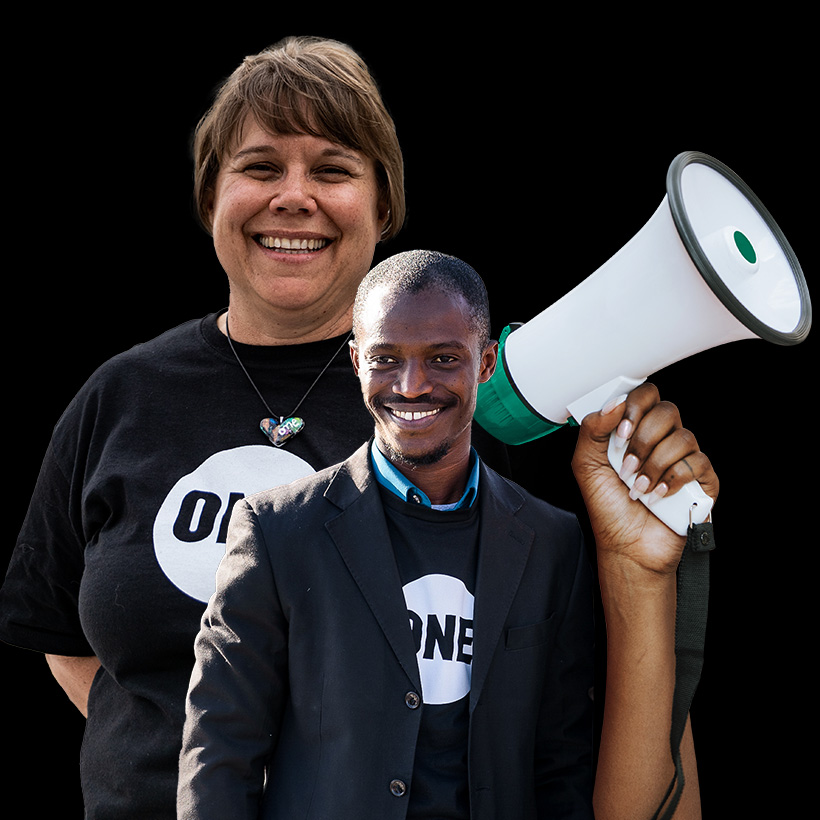Act now on the latest campaigns

Congress, prioritize foreign assistance in upcoming bill

Join us in support of lifesaving foreign assistance!

Women aren’t given power — they make it
Our Impact

More Funding
We helped secure $72 billion to help more people access healthcare and life-saving tools like vaccines.

Better Laws
Our activists pushed for stricter gender-based violence laws in Senegal.

Global Cooperation
We brought global activists, leaders, and experts together during COVID-19 to secure $97 billion in pandemic recovery funds.
If you believe everyone has the right to a life of opportunity and justice, no matter where they live, and if you believe ordinary people can change the world, then join us.

